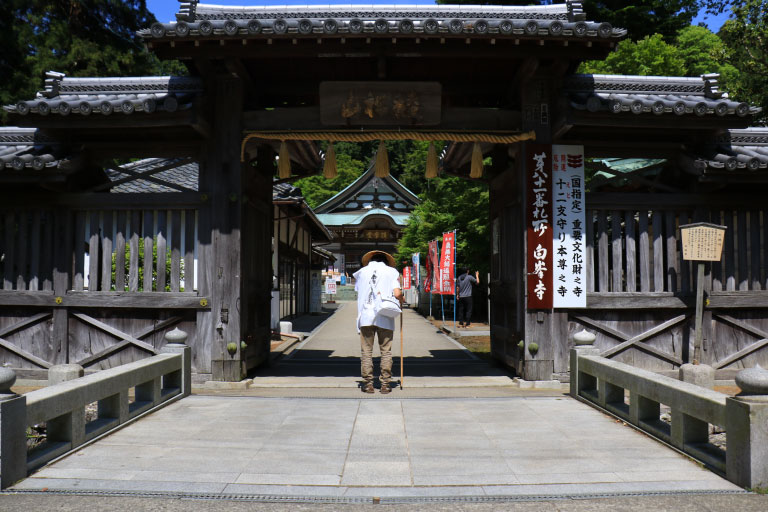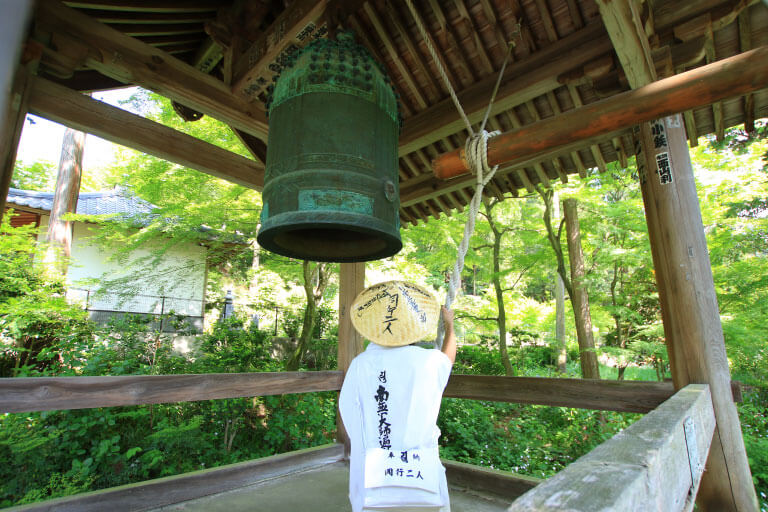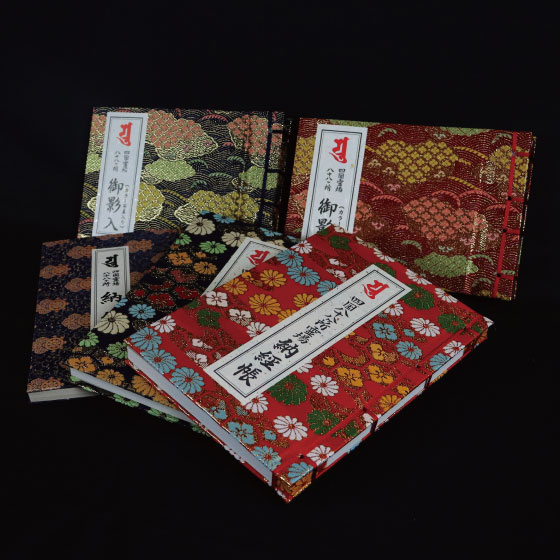
1. at Sanmon (Niomon)

At the gate (Niomon), go to the temple, bow, and enter within. The inside of the gate (the precincts) is the sanctuary of the Buddha. Let’s do this with the thought of visiting the Buddha.
2. cleanse yourself

Cleanse yourself at a hand washing place (not a toilet). Washing your hands and rinsing your mouth is an act of cleansing the outside and inside of your body. Apply water in the order of left hand → right hand, rinse your mouth with the water you received with your left hand, and rinse the remaining water through the handle of the ladle.
3. sound the bell

The bell is also used as a signal before worshiping, so it is best to ask before visiting if it can be freely used. It is best to strike the bell once before worship. Even if you forget to sound the, you will not be inconsistent when you return there. The reason for this is that the “outing bell” (deru-gane) can also be called “withdrawal”, so it does no injury or offense, and the bell that sends the dead is also called “de-gane”. The bell is not just a loud sound, but a sound that is delivered to the Buddha. Rather than hitting the bell inadvertently, and that the tone is within a reasonable range and tone, after it rings out hold the rope so that it does not fall down and rattle against the bell.
4. Go to the main hall
Heading to the main hall, we go offering candles, incense, name slips, strike the bells, offer money, worship, and dedicate sutras (reading and copying). It is preferable for the sutra to be directed to a sacred place (a fudasho or a temple. Offerings are stored in the front of the hall, and name slips are put in the name slip box. Let’s put the sutra fee together with the money in the money box of each hall.

5. Go to Daishido
In the same way as the main hall, you will be offering candles, incense, paying bills, hitting bells, paying money, worshiping, and dedicating sutras (reading, copying, etc.). Since Daishi is the principal in charge of his work at Daishido, we will omit the “Go-honzon shingon” from his duty. After the main hall and Daishi have been visited, there is time to spare, and if there is another hall, we will visit them at will.
6. At the Noukyoujo

When the worship is over, you will receive a stamp at the bank. At the same time, you will also receive an image of the main shrine of each temple. As a general rule, after reading through at the various temples, you will receive a stamps at the noukyoujo. However, if the delivery time is just before the closing time, the order will be reversed, but you can tell the reason to the cemetery (the fudasho) and receive stamps before reading.
Please check here for payment.
7. at Sanmon (Niomon)

At the gate (Niomon), go out of the grounds with a bow. Let’s do it with appreciation for the fact that your relationship with the Buddha has been established.
Other things to watch out for
* If you place incense sticks in the center as much as possible and candles at the top, it will not interfere with those who come later. Also, don’t put any unburned matches in the incense when you burn the incense sticks. An incense burner is a place where incense sticks are offered to Buddha and Daishi. Refrain from putting incense sticks in advance with a resinous tape such as cellophane tape. The fire goes out at the place where it is put together, and the incense sticks always burn, which hinders those who come later.
* It is not recommended to take the above-mentioned items home from the site. They are provided to the Buddha and the Daishi. You can ask for something that you need along the way, or ask for it at the noukyoujo, etc.




